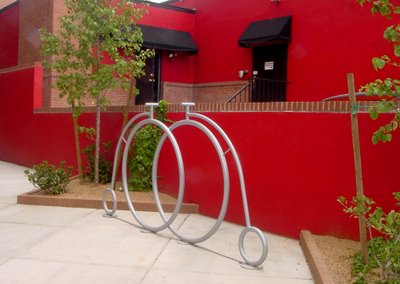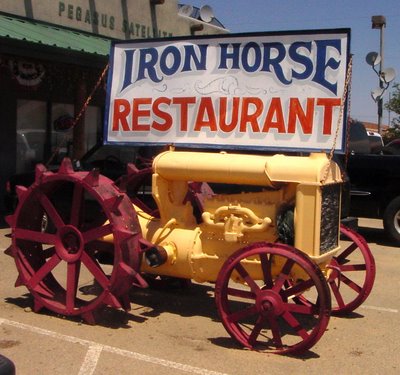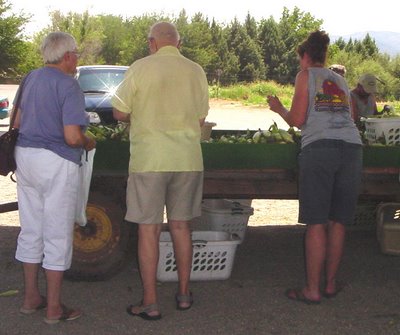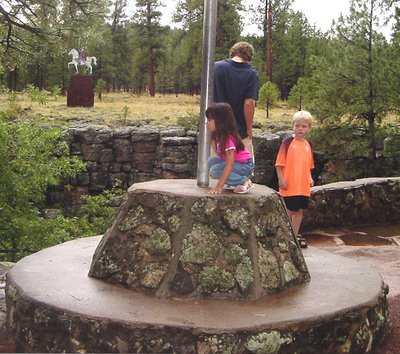The city is like a living being that is born, grows, matures, decays and can revive. The elements of the city, "the people, streets, parks, neighborhoods, the government, the economy," cannot exist without one another and are, like the organs of the human body, connected with each other.
In this evolutionary approach streets play an important role: they are the lifeblood where urban dwellers meet each other and where trade and commercial activities take place. The street is the scene a "sidewalk ballet," according to Jacobs, which determines the security, social cohesion and economic development of cities. From this perspective, even taking out the garbage or having a talk with a passer-by is a deed of dramatic expression. These every day acts make a city into a vital city.

Frankly, she wouldn't have had any truck with city officials who get uptight about signs hung on light poles, looking for lost cats & dogs or announcing the discovery of same. Or promoting a rock concert. Or a civic meeting. Or a book. Whatever.
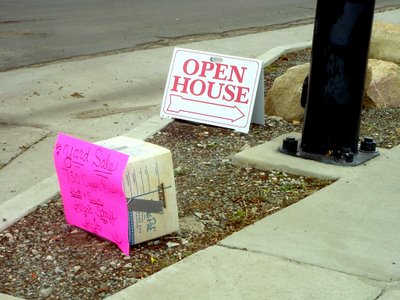
I love these signs. I read them. I wonder if the cat was ever found. I am tempted to visit the yard sale or the open house. Buy the book. The signs announce that Things Are Happening in the neighborhood, that it isn't dead yet.

Similarly, street signs in front of businesses (usually on tourist weekends only) give you a taste of what you might find inside -- without having to make a commitment.
(Sometimes they even match the yellow SUV parked in front! I'm having a great run of colorful vehicles, as you may have noticed.)
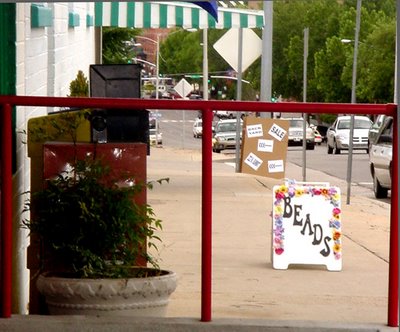
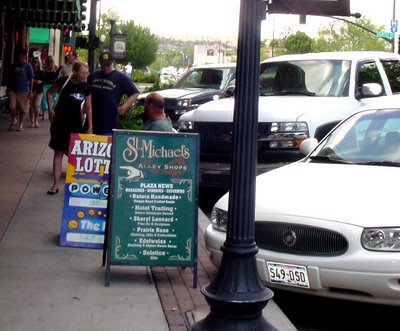
I certainly agree that signs on the streets are neither tidy nor orderly. That's the point, according to Jacobs, who says you can't plan a wonderful street-scape, but must let it grow. Let's face it -- we're damned lucky here in Prescott to have a downtown -- though we have to thank the tourists and merchants, not the developers.
(I suspect she would have questioned the wisdom of banning smoking in bars in a tourist town, by the way. I wonder if those local folk who voted for the ban were secret tidiers voting to destroy downtown -- they certainly aren't out in their numbers to patronize Whiskey Row saloons. Anybody out there got current numbers?)
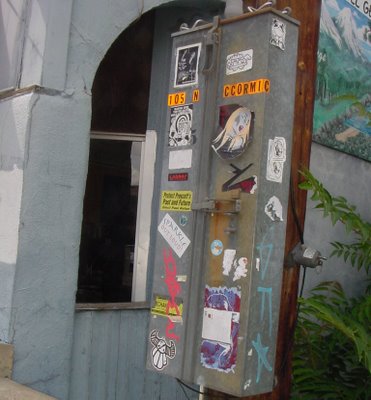
Yes, things tend to be a little messy in a proper city. But then uptight tidy and orderly is for cemeteries.
Note: the comments about Jane Jacobs were from an article by Gert-Jan Hospers at the Preservenet site.
